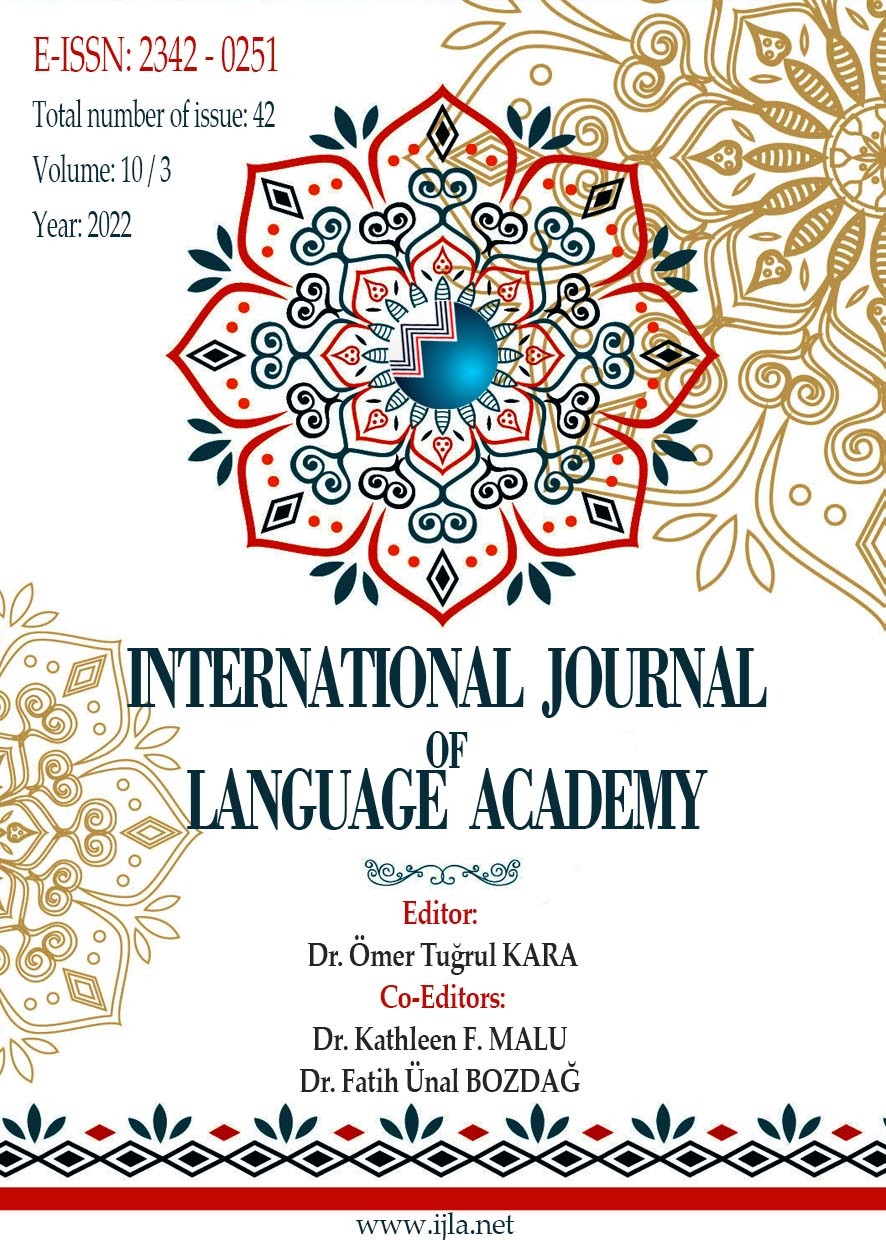Author :
Abstract
Keywords
Abstract
In this study, we propose a critical reading of Mawsim al-hijra ilā l-shamāl, a reading through which we attempt to show how Tayeb Sâlih succeeds in instituting a narrative strategy that allows him to achieve two almost antinomic operations: communicating to the reader a strong message and a very clear worldview while constructing a narrative universe according to the principle of narrative polyphony and multiple points of view. Indeed, the reader of Mawsim al-hijra can easily see how this novel is structured in the form of a double functioning, dividing the space of the narrative into two worlds of humanity and values, each with its own logic of perception and judgment of things and events. On the one hand, there is the world of Mustafa Said, a dramatic world, which constitutes the subject-core of the novel but which is assumed and perceived as such only by the narrator. On the other hand, it is the narrator, in fact, who leads us to perceive and grasp the dramatic character of the hero's life. We will try to show how the narration exercises here a meta-communicative function, in the sense that it is not satisfied with reporting and exposing the facts to us but also tries to awaken in us a specific sensibility capable of arranging the facts in the symbolic form of a drama. On the other hand, the text transports us from time to time into the world of some other characters (the people of the village), showing them leading their lives, simply and spontaneously, in the climate of a subjective, if not naive, totality.
Keywords
- Al-Mnayʿī, H. (1979). Mawsim al-hijra ilā l-shamāl, Aqlām, X, 65-89.
- AL-Naqqash, R. (1971). « Tayyeb Ṣāliḥ: ʿ abqariyya riwāʾiyya jadῑda », in Udabāʾʾ muʿāṣirūn. Cairo, Dâr al-hilâl.
- Benjamin, W. (2002). The Storyteller: Observations on the works of Nikolai Leskov». In Selected Writings, Cambridge: Harvard University Press, III, pp. 143-166.
- Booth, W.C. (1961). Distance and Point-of-View: An essay in classification, Essays in Criticism, 1,60–79.
- Couturier, M. (1993). Nabokov ou la tyrannie de l'auteur, Paris: Seuil.
- Dällenbach, L. (1977). Le récit spéculaire, Paris: Seuil. English translation
- Dällenbach, L. (1989). The miroir in the text, Chicago: The University of Chicago Press,
- Eliade, M. 1971. La nostalgie des origines, Paris: Gallimard.
- Hamon, Ph. 1977. « Pour un statut sémiologique du personnage » in R. Barthes et al., Poétique du récit. Paris, Seuil.
- Iser, W. 1985. L'acte de lecture, Bruxelles, Mardaga.
- -- 1979. « La fiction en effet ». Poétique, 39, pp. 275-298.
- Ricoeur, P. (1990). Soi-même comme un autre, Paris, Seuil.
- Ṣāliḥ, Ṭ. (1969). Mawsim al-hijra ilā l-shamāl, Beyrouth: Dār al-ʿAwda. Ṣāliḥ, T. (1991). Season of Migration to the North, Oxford, Heinemann.
- Sartre, J-P. (1986). L'imaginaire, Paris, Gallimard.
- Satti, N. (1974). Confrontation des valeurs traditionnelles et occidentales dans la perspective des écrivains soudanais. PHD, Paris 4-Sorbonne.
- Simmel, G. (1988). La sociabilité: exemple de sociologie pure ou formale, in Sociologie et épistémologie. Paris, Puf.
- Stierle, K. (1977). Identité du discours et transgression lyrique, Poétique, 32, 422-441.
- Todorov, T. (1978). Au cœur des ténèbres, in Les genres du discours, Paris: Seuil.
- it is to remind the villagers of a crime they did not want to mourn", quoted by Satti, 1974.
